Astrophytum myriostigma white Seedling Size Cactus Live plant
₹249.00
In stock
Astrophytum myriostigma Origin and Habitat: Highlands of central and northern Mexico (states of Nuevo León, San Luis Potosí and Tamaulipas).
Astrophytum myriostigma Altitude: It grows at elevations ranging from 750 to 1500 metres above sea level.
Habitat and Ecology: It grows on stony, calcareous soils on scrubby alluvial plains on steep, east or west (and southwest) facing slopes, and prefers low densities. It is also found in thin layers in the foothills of mountain ranges. Its distribution is limited by its need for stony, calcareous or lime soils. This calcicole also needs carbonates to integrate calcium and make itself more rigid. This species is found in habitat dominated by Agave lecheguilla, which acts as the main nurse plant to A. myriostigma. This species has a wide range and is extremely abundant, but extraction of individuals from natural populations and destruction of habitat from mining activities can threat the species. The habitat is also overgrazed by livestock (goats and cattle), and some subpopulations have been impacted by the building of roads
Cultivation and Propagation: Astrophytum myriostigma is a summer grower species relatively easy to grow. It is sometime seen as a grafted plant but grows very well on its own roots too.
Growth rate: It is a slow growing and easily flowering species.
Soil: Use mineral well permeable substratum with little organic matter (peat, humus), plants may become too elongated if compost is too rich.
Repotting: Re-pot every 2 years. Use pot with good drainage.
Fertilization: It grows much faster with a low nitrogen content fertilizer in spring and summer. Potassium helps maintaining the plants compact and healthy.
Watering: Requires careful watering to keep plant compact. Water sparingly from March till October, the thin, fibrous roots suffer if there is humidity, therefore the plant should be watered only when the surrounding terrain is dry. Keep dry as soon as the temperature starts dropping in October and keep it perfectly dry in winter at temperatures from 5 to 15 degrees centigrade.
Hardiness: They need to be kept in a cool place during winter rest and are somewhat resistant to frost if kept on the dry side prior to, and during, cold weather (due to the altitude they are hardy to -5 C ° C, or less for short periods). Although it is one of the easier Astrophytum to grow, it tends to rot in winter during the resting phase, if kept wet. In the rest period no high atmospheric humidity!!
Sun Exposure: Light shade to full sun, its colour tends to richer and darker when grown in light shade.
Uses: It is an excellent plant for container growing. It always looks good and stays small.
Pests & diseases: It may be attractive to a variety of insects, but plants in good condition should be nearly pest-free, particularly if they are grown in a mineral potting-mix, with good exposure and ventilation. Nonetheless, there are several pests to watch for:
– Red spiders: Red spiders may be effectively rubbed up by watering the infested plants from above.
– Mealy bugs: Mealy bugs occasionally develop aerial into the new growth among the wool with disfiguring results, but the worst types develop underground on the roots and are invisible except by their effects.
– Scales: Scales are rarely a problem.
– Rot: Rot is only a minor problem with cacti if the plants are watered and “aired” correctly. If they are not, fungicides won’t help all that much. To prevent rottenness it is also advisable to surround its root neck by very rough sand or grit, this help a fast water drainage.
Propagation: Almost exclusively by seed. Plants are sometimes grafted onto column-shaped cacti. Cutting scions from a flourishing plant is almost a crime because the scions do not root easily
Be the first to review “Astrophytum myriostigma white Seedling Size Cactus Live plant” Cancel reply
You must be logged in to post a review.





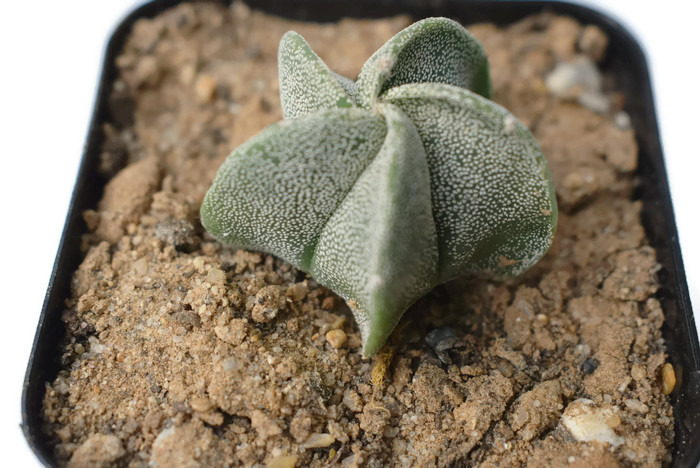


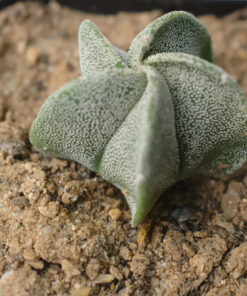




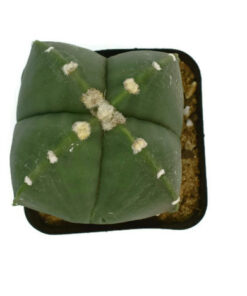



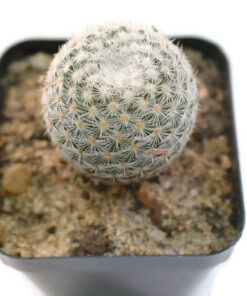

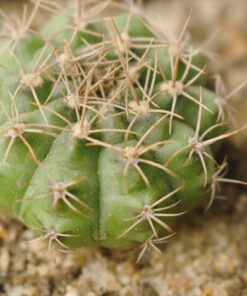

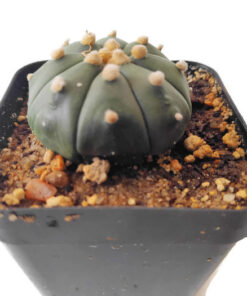
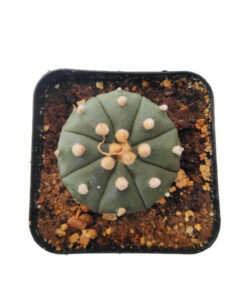
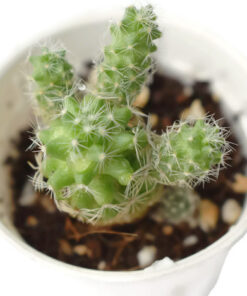





Reviews
There are no reviews yet.